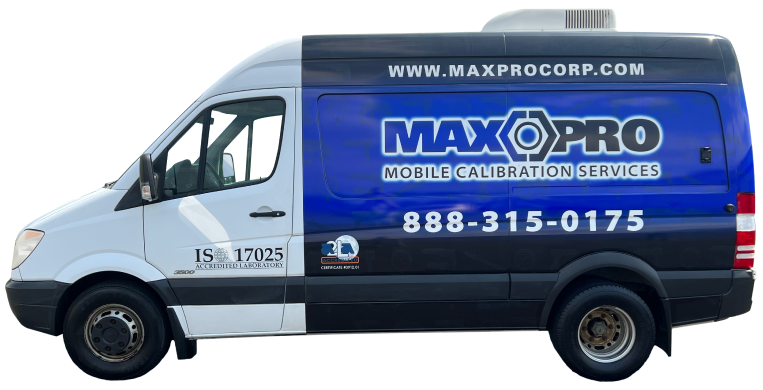 We’ve used this blog to talk about quality control before, but today we’re going to approach this topic from a new angle: quality control as it relates to bolt tightening.
We’ve used this blog to talk about quality control before, but today we’re going to approach this topic from a new angle: quality control as it relates to bolt tightening.
As the website Bolt Science puts it:
“It is no longer sufficient just to run a nut down a bolt until it stops and hope that it is tight enough. A single bolt, inaccurately or incorrectly tightened, can lead to the failure of the complete product.”
If a bolt torque is too tight, you risk a stripping or bolt shank failure. If the torque is too low, the bolt tension won’t meet functional requirements. Either outcome can cause significant problems.
The most common method of bolt tightening in a controlled fashion is to tighten to a specific torque, otherwise known as torque control.
“A major problem with using the torque control method to indirectly control the clamp force in the fastener is that only a small proportion of the torque is actually used to extend the bolt,” says Bolt Science. “The majority is absorbed by friction between the nut face and the joint and in the threads.”
What is Torque Auditing?
Torque auditing refers to the practice of checking that a bolt has been tightened to a specified torque. It happens two ways:
Dynamic Torque Auditing
In this method, torque transducers are applied to the torque tool – say, a hydraulic torque wrench – so that torque is measured directly. This provides results that are independent of the operator’s reading. It allows for automatic data retrieval but can be costly in terms of capital and technical support.
Post-Assembly Auditing
There are three methods within this type of auditing, and they involve taking the reading on a torque gauge when:
- The socket has begun to move away from the tightening position in the tightening direction. (Otherwise known as the “crack-on” method.)
- The socket has begun to shift away from the tightened position to the opposite direction, or the “crack-off” method.
- The “marked fastener” method, in which the socket approaches a marked position in the tightening direction. The socket and joint surface are then marked, and these marks remain in place when the nut is turned. It is the most consistent and accurate torque auditing method.
If you’re concerned about the accuracy of your bolt tightening, Maxpro can help. We’ve spent more than 20 years supplying high quality hydraulic, electric and pneumatic torque wrenches to customers in a range of industries.
And our calibration lab can ensure your tools are working to the proper specification, giving you more peace of mind on your next bolting job.





